Notes
Glimpses of the Missing Nigerian Girls: Glenna Gordon's Photos of Extraordinary Ordinary Things
How do you represent people who have been made invisible? How do you illustrate an event like a mass kidnapping in a way which doesn’t just repeat what an audience knows, or thinks it knows but takes them a little further. The 276 girls kidnapped from their school in northern Nigeria by the Islamist group Boko Haram have raised these questions. The absent girls have been illustrated with a range of images that attempt to compensate for the lack of direct photographs of them. These have varied from resorting to generic and non-specific imagery of Nigerian instability, to displacing the focus more radically, by appropriating photographs taken of girls in another part of Africa as a stand in for the missing.
It’s hard to feel that any of these solutions have been adequate to the task at hand, they might tell us very literally what instability, or a young African girl might look like, but they don’t tell us anything about these girls. A sole exception are Glenna Gordon’s photographs, some of possessions left behind at school, some obtained from friends and family. Notebooks, uniforms, their own clothes and finally photographs of the girls themselves; these objects are photographed almost forensically against a deep black background. They are ordinary things that in this extraordinary context start to build up into a sad, touching image of some of the lives that have been torn away from their normal course.
At first glance, the notebooks feel like the most potent objects, strong symbols of the education (particularly the education of girls) which is often verbally weaponized in discussions of radical Islamist groups. It is often suggested – not always very plausibly – that what these groups fear above all is learning. The notes within resonate strongly with the events that overshadow them. In one is a letter to a school principal: ‘I write to seek you permission to be absent from school for two days.’ Another notebook shows a diagram of the earth’s passage around the sun, an idea once labelled dangerously heretical by another dogmatic religious order.
But these books are not about big geopolitical struggles, they are about girls learning about English grammar, or the solar system. They are about young women hungry for knowledge in an environment where education is not to be taken for granted. These notebooks are also personal possessions, imprinted with each girl’s literal and metaphorical fingerprints. They are worn and torn with use, the well-thumbed pages perhaps attesting to the girl’s devotion to their work, or equally hinting at the difficulties and scarce resources of education in this remote and fraught part of Nigeria.
Then there are the school uniforms, in one photograph three are laid out together. At first glance they are literally uniform in size, shape, colour. But on closer inspection one is noticeably more faded than the other two. Perhaps it belonged to an older girl, perhaps there was less money in the family for new uniforms. Then one notices the little customisations, one has a ribbon of the fabric running around the waist while the others don’t, rather implying that each was made or at least customised for an owner, a little touch of personality that again reminds you that these 276 girls are all outwardly and inwardly individual.
In contrast, we next see the girls own clothes. Their dresses for example, bright and brilliant, attesting to their lives lived outside school. Another image shows a pair of brown sandals, inscribed ‘Monica’ in biro on the left sole. The imprint of the wearer’s foot is almost tangible, a sense heightened by the almost skin-colored brown of the plastic. The burst of grape-like beads on the straps show these aren’t just functional shoe wear, but again fashionable and individual, an expression of what someone likes and what they want other people to notice about them. All such a contrast to the hostage screen images that later emerged of the girls in Islamic dress. Here the girls are physically present, but they are also in almost all other ways more absent than in the photographs of their possessions.
And finally there are Gordon’s re-photographs of the girls themselves. Against such a contrast, here they are not replaced by stand-ins, or photographed against their will to be used as a bargaining chip in some wider battle. Here the girls are photographed as we must assume they wish to be seen, in their own clothes, posing for a photograph which they then perhaps hope to use, to give to a family member, to a friend, or perhaps just to keep in order to remind them of themselves.
— Lewis Bush
(Publisher’s Note: We extend a warm welcome to writer and photographer, Lewis Bush, as a new contributor to BagNewsNotes.)
(photos: Glenna Gordon)
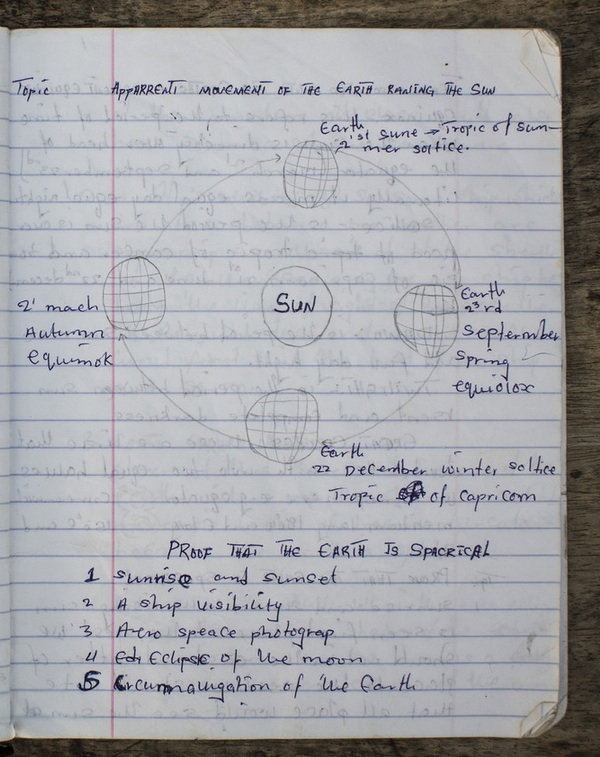
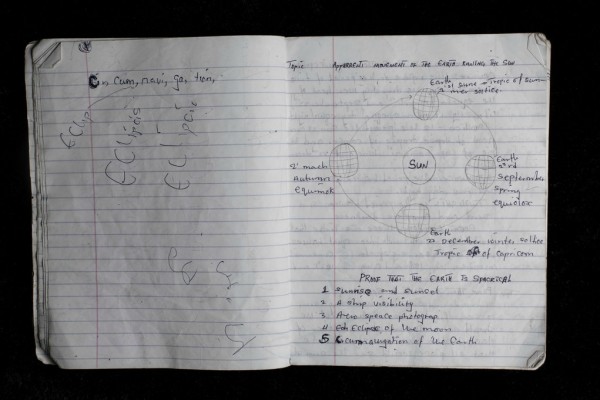
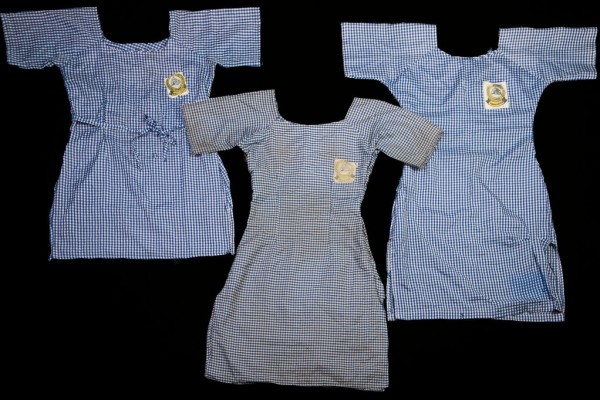
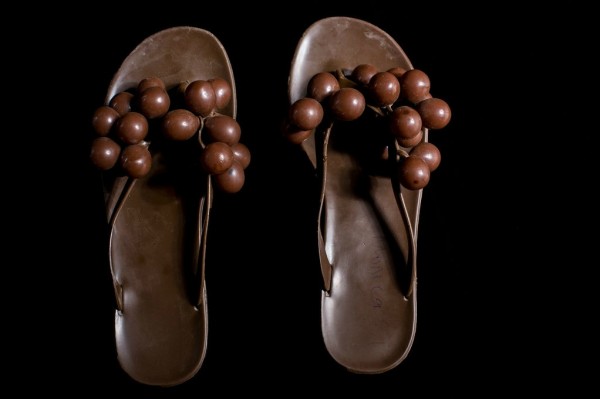
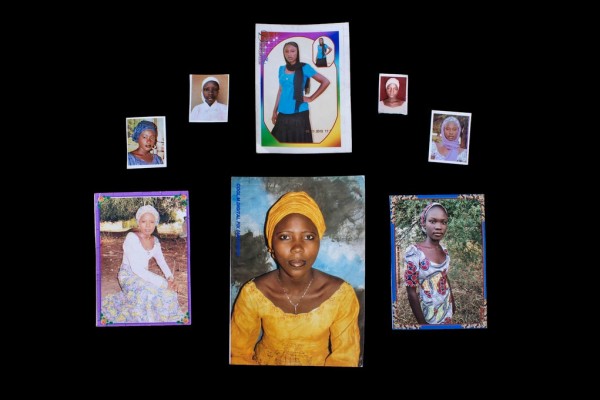
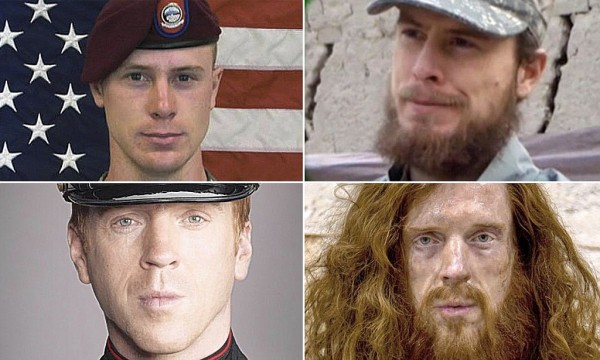
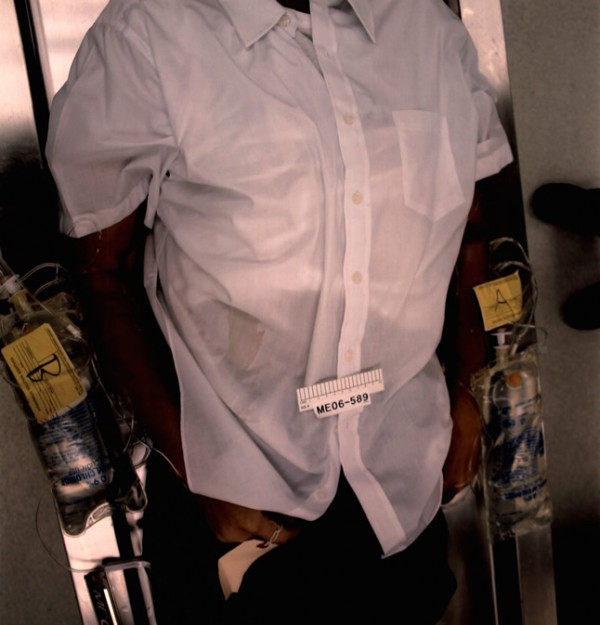
Reactions
Comments Powered by Disqus